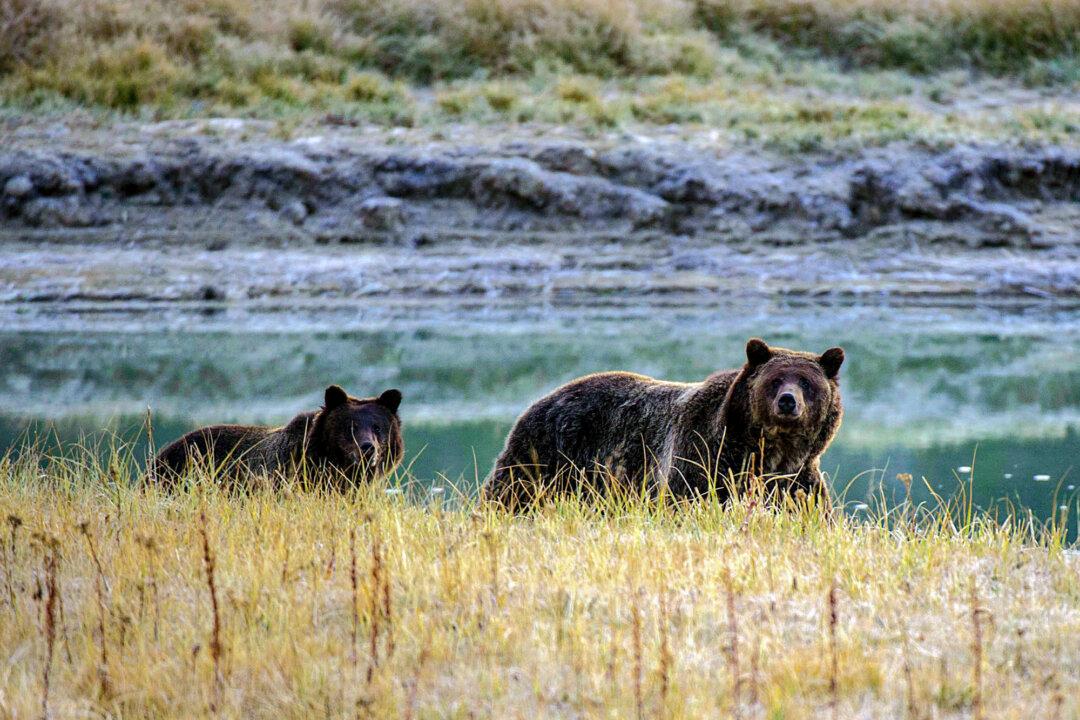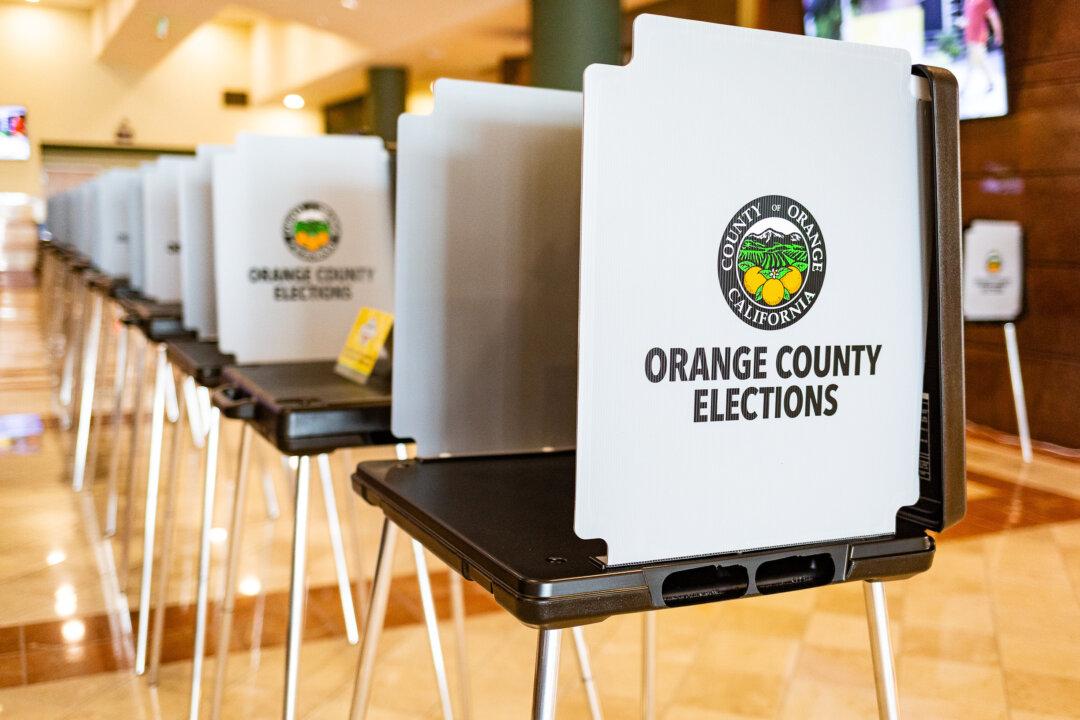As six states turn up the heat on California to cut back on water consumption from the Colorado River Basin, the state has proposed its own plan, citing a 1922 contract that grants California senior water rights.
Under the six-state proposal, Southern California water agencies would be required to reduce their water allocation by as much as 32 percent if Lake Mead—the largest water reservoir in the United States formed by the Hoover Dam on the Colorado River, straddling Nevada and Arizona—levels keep dropping.





